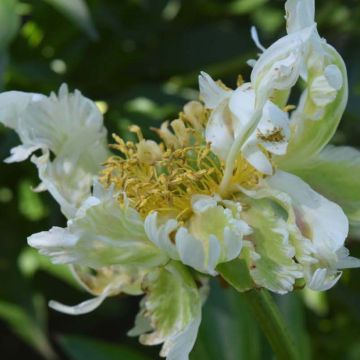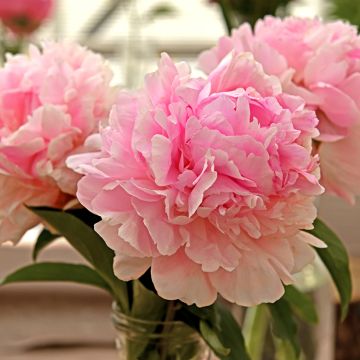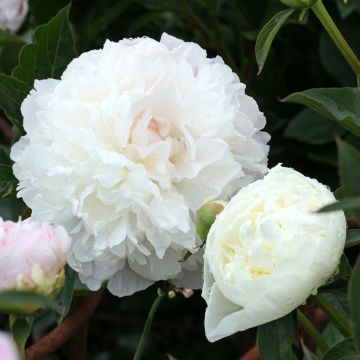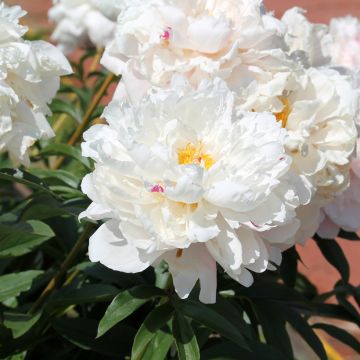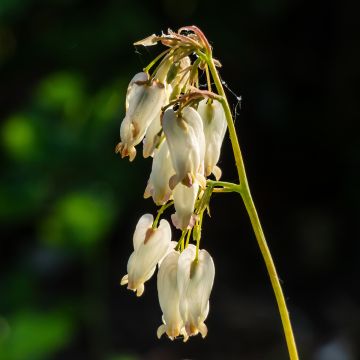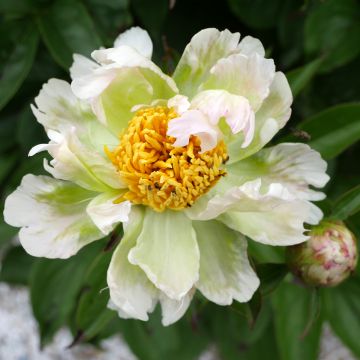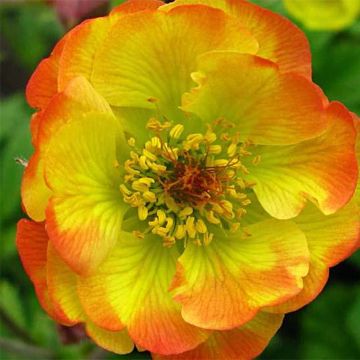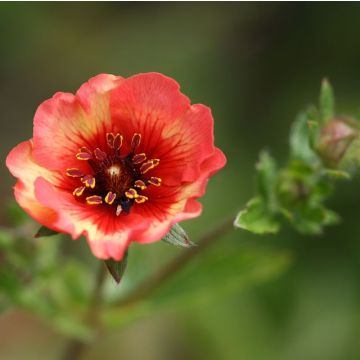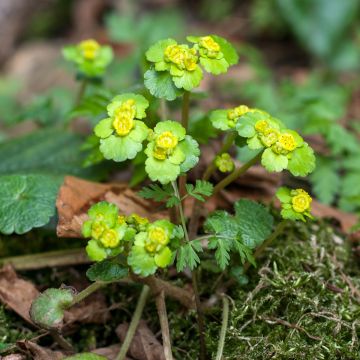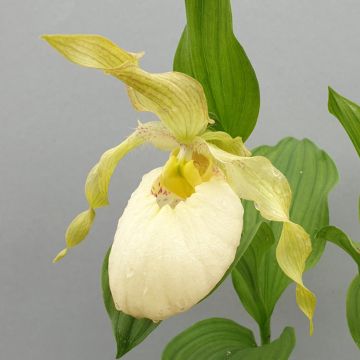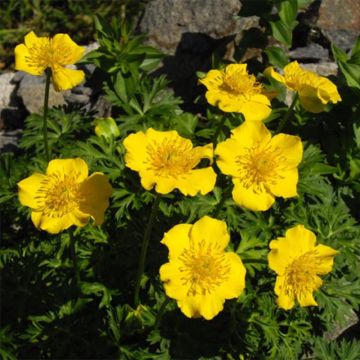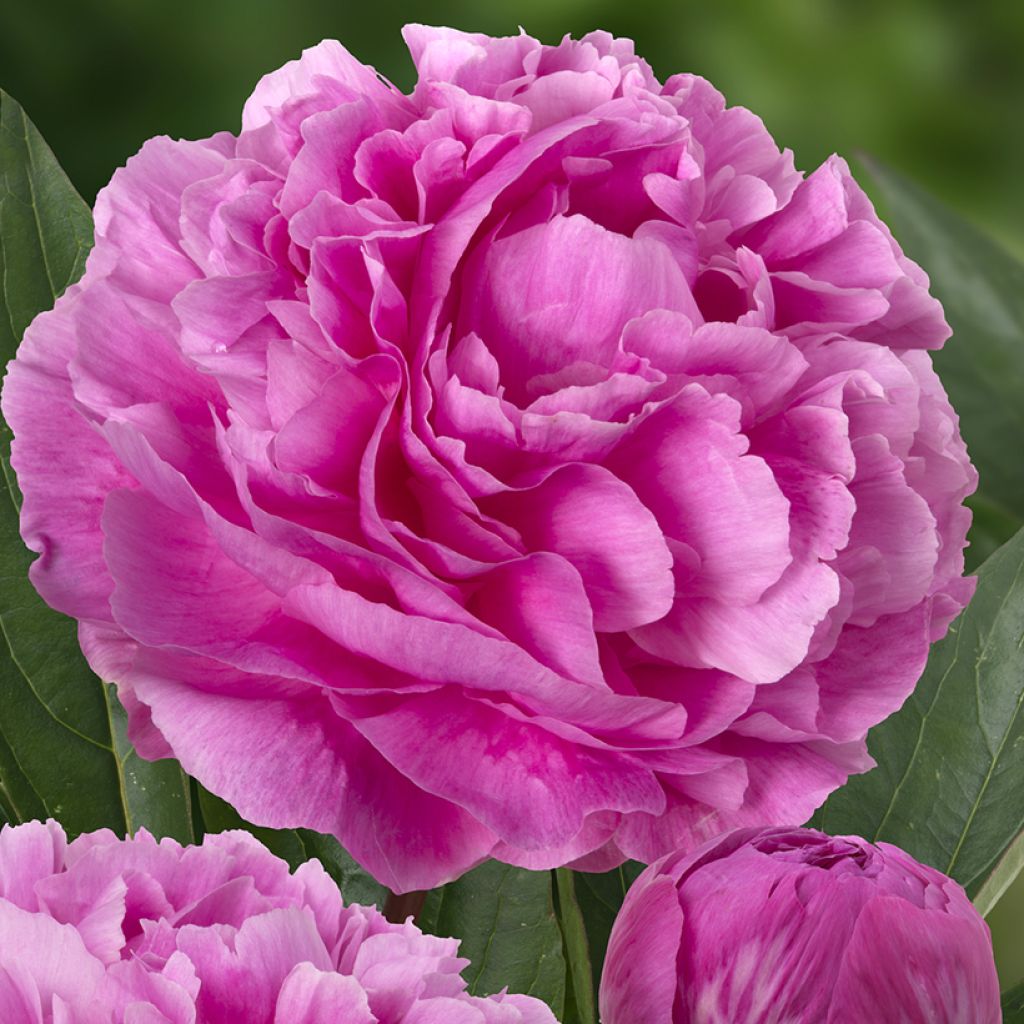

Paeonia x lactiflora Think pink - Chinese Peony
Paeonia x lactiflora Think pink - Chinese Peony
Paeonia x lactiflora Think pink
Chinese peony, Common peony, Garden peony, Herbaceous Peony
This item cannot be shipped to the selected country
Delivery charge from €5.90
Delivery charge from €5.90
More information
Schedule delivery date,
and select date in basket
This plant carries a 12 months recovery warranty
More information
We guarantee the quality of our plants for a full growing cycle, and will replace at our expense any plant that fails to recover under normal climatic and planting conditions.
From €5.90 for pickup delivery and €6.90 for home delivery
Express home delivery from €8.90.
From €5.90 for pickup delivery and €6.90 for home delivery
Express home delivery from €8.90.
Does this plant fit my garden?
Set up your Plantfit profile →
Description
The Paeonia lactiflora 'Think Pink', classified as a Chinese peony, is a remarkable herbaceous perennial plant with large, barely double, well-formed flowers in a vibrant pink colour with golden yellow stamens, delicately scented. Hardy and robust, this variety is ideal for adding a touch of elegance and colour to the garden, as well as to homemade bouquets. Herbaceous peonies are robust and faithful, sometimes taking a little time to establish themselves, but they grow year after year and can live for over 50 years, outlasting the person who planted them.
The herbaceous and hybrid peonies mainly come from Paeonia lactiflora, a perennial plant native to central and eastern Asia (from eastern Tibet, northern China, to eastern Siberia), where it naturally grows in woods and meadows. This plant now belongs to the peony family. Its deciduous foliage emerges in spring and disappears in autumn. It grows from a large, fleshy root that does not appreciate being moved.
The 'Think Pink' lactiflora peony is characterised by double and semi-double flowers in a very bright medium pink colour, measuring 15 cm in diameter. Young plants generally produce semi-double flowers, while mature plants bear more double flowers. The outer petals, with a thick texture, hold the more delicate inner petals in a sort of cup. The corollas always have stamens, but they will be more visible and numerous on the semi-double flowers. The floral buds, 3 to 5 per stem, allow for a prolonged flowering in the middle of the peony season, in May-June. This flowering emits a classic peony scent, rather mild. The plant reaches a height of 68 to 70 cm and has medium green foliage that remains decorative after flowering. The lactiflora peony has a bushy habit and its growth is relatively slow, taking several years to reach full maturity. This perennial is suitable for temperate climates and can tolerate harsh winters. Its leafy stems disappear in winter, while the buds that will develop in spring persist at ground level. Over time, the peony becomes majestic and blooms more abundantly, producing up to 60 flowers.
The 'Think Pink' lactiflora peony fits perfectly in flower beds and borders, but it can also be used as a specimen plant. It can be associated with other perennial plants and low-growing shrubs. It is a good companion for old-fashioned roses, catmints, and delphiniums. These combinations allow for variations in height, texture, and colour. To lighten the large flowers of the peony, consider also adding forget-me-nots and baby's breath. This peony will also increase the supply of flowers for bouquets in the vegetable garden. Cultivating it in a pot is not recommended, as its needs will not be satisfied.
Peonies are part of those plants that form the foundation of a garden. In the past, every garden, from the most modest to the most elaborate, proudly displayed clumps of flowers in spring that made their way into the house, accompanying lilac and bluebell bouquets.
Report an error about the product description
Flowering
Foliage
Plant habit
Botanical data
Paeonia
x lactiflora
Think pink
Paeoniaceae
Chinese peony, Common peony, Garden peony, Herbaceous Peony
Cultivar or hybrid
Other Herbaceous and hybrid Peonies
Planting and care
The best time to plant 'Think Pink' peonies is in the autumn. Plant the peonies in full sun or a bright location, spaced 60 cm apart. They appreciate cold winters that promote dormancy and flower formation. The soil should be loose, deep, fertile, and moist. They need space and are sensitive to competition from other species. Prepare a hole 50 cm deep and mix organic fertiliser into your soil, partially refill the hole, place your plants, and cover with 6 cm of soil. After planting, firm the soil and water thoroughly.
Our bouquet secret: Cut your peonies at daybreak, when the buds start to colour. Don't delay putting them in water.
Planting period
Intended location
Care
This item has not been reviewed yet - be the first to leave a review about it.
Spring flowering perennials
Haven't found what you were looking for?
Hardiness is the lowest winter temperature a plant can endure without suffering serious damage or even dying. However, hardiness is affected by location (a sheltered area, such as a patio), protection (winter cover) and soil type (hardiness is improved by well-drained soil).

Photo Sharing Terms & Conditions
In order to encourage gardeners to interact and share their experiences, Promesse de fleurs offers various media enabling content to be uploaded onto its Site - in particular via the ‘Photo sharing’ module.
The User agrees to refrain from:
- Posting any content that is illegal, prejudicial, insulting, racist, inciteful to hatred, revisionist, contrary to public decency, that infringes on privacy or on the privacy rights of third parties, in particular the publicity rights of persons and goods, intellectual property rights, or the right to privacy.
- Submitting content on behalf of a third party;
- Impersonate the identity of a third party and/or publish any personal information about a third party;
In general, the User undertakes to refrain from any unethical behaviour.
All Content (in particular text, comments, files, images, photos, videos, creative works, etc.), which may be subject to property or intellectual property rights, image or other private rights, shall remain the property of the User, subject to the limited rights granted by the terms of the licence granted by Promesse de fleurs as stated below. Users are at liberty to publish or not to publish such Content on the Site, notably via the ‘Photo Sharing’ facility, and accept that this Content shall be made public and freely accessible, notably on the Internet.
Users further acknowledge, undertake to have ,and guarantee that they hold all necessary rights and permissions to publish such material on the Site, in particular with regard to the legislation in force pertaining to any privacy, property, intellectual property, image, or contractual rights, or rights of any other nature. By publishing such Content on the Site, Users acknowledge accepting full liability as publishers of the Content within the meaning of the law, and grant Promesse de fleurs, free of charge, an inclusive, worldwide licence for the said Content for the entire duration of its publication, including all reproduction, representation, up/downloading, displaying, performing, transmission, and storage rights.
Users also grant permission for their name to be linked to the Content and accept that this link may not always be made available.
By engaging in posting material, Users consent to their Content becoming automatically accessible on the Internet, in particular on other sites and/or blogs and/or web pages of the Promesse de fleurs site, including in particular social pages and the Promesse de fleurs catalogue.
Users may secure the removal of entrusted content free of charge by issuing a simple request via our contact form.
The flowering period indicated on our website applies to countries and regions located in USDA zone 8 (France, the United Kingdom, Ireland, the Netherlands, etc.)
It will vary according to where you live:
- In zones 9 to 10 (Italy, Spain, Greece, etc.), flowering will occur about 2 to 4 weeks earlier.
- In zones 6 to 7 (Germany, Poland, Slovenia, and lower mountainous regions), flowering will be delayed by 2 to 3 weeks.
- In zone 5 (Central Europe, Scandinavia), blooming will be delayed by 3 to 5 weeks.
In temperate climates, pruning of spring-flowering shrubs (forsythia, spireas, etc.) should be done just after flowering.
Pruning of summer-flowering shrubs (Indian Lilac, Perovskia, etc.) can be done in winter or spring.
In cold regions as well as with frost-sensitive plants, avoid pruning too early when severe frosts may still occur.
The planting period indicated on our website applies to countries and regions located in USDA zone 8 (France, United Kingdom, Ireland, Netherlands).
It will vary according to where you live:
- In Mediterranean zones (Marseille, Madrid, Milan, etc.), autumn and winter are the best planting periods.
- In continental zones (Strasbourg, Munich, Vienna, etc.), delay planting by 2 to 3 weeks in spring and bring it forward by 2 to 4 weeks in autumn.
- In mountainous regions (the Alps, Pyrenees, Carpathians, etc.), it is best to plant in late spring (May-June) or late summer (August-September).
The harvesting period indicated on our website applies to countries and regions in USDA zone 8 (France, England, Ireland, the Netherlands).
In colder areas (Scandinavia, Poland, Austria...) fruit and vegetable harvests are likely to be delayed by 3-4 weeks.
In warmer areas (Italy, Spain, Greece, etc.), harvesting will probably take place earlier, depending on weather conditions.
The sowing periods indicated on our website apply to countries and regions within USDA Zone 8 (France, UK, Ireland, Netherlands).
In colder areas (Scandinavia, Poland, Austria...), delay any outdoor sowing by 3-4 weeks, or sow under glass.
In warmer climes (Italy, Spain, Greece, etc.), bring outdoor sowing forward by a few weeks.

































